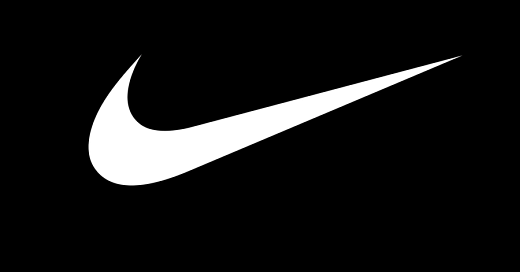Nike Case Study
Understanding what has gone wrong at the athleisure giant and what it can do to turn around its fortunes
Please read disclaimer at bottom - This report is not investment advice
Source: Nike Website
Introduction
Most investors are well aware that Nike is clearly struggling in the current moment. In mid-2024 the firm signaled declining sales – even projecting “mid-single-digit” declines in yearly revenue – and its stock fell as much as 20% following a June 2024 earnings call. For the year 2024, Nike's overall revenue came in essentially flat at $51.4 billion (up ~1% currency-neutral), its weakest growth in a decade, excluding the pandemic. Meanwhile, inventory has risen to excess levels (prompting deep discounting) and old-style “lifestyle” lines like the Air Force 1 and Dunk are now in excess supply. From within, strategists cite missteps under previous leadership (e.g. overreliance on direct‐to‐consumer, fewer retailer relationships), so Nike's competitive advantage has been blunted as competing brands have gained traction. In short, the firm has undergone a financial slip and lost some of the creative flair that made it famous. We were intrigued by the case and decided to look for catalysts that could reignite growth.
Background
Leadership and Strategy Errors
Nike's push under previous CEO John Donahoe to adopt an aggressive direct-to-consumer (DTC) model was a big strategic bet—one motivated by rationale, to be sure, but one that ultimately produced distortions the brand is now attempting to rectify.
By prioritizing its own digital channels and branded retail outlets, Nike aimed to capture greater margins, gain more control over the customer experience, and leverage its digital ecosystem for deeper consumer engagement. Initially, this strategy yielded financial benefits—cutting out intermediaries boosted profit margins and fueled investor optimism.
However, the execution was too abrupt and dismissive of the ecosystem that had long supported Nike’s dominance: wholesale retail partners like Foot Locker, Dick’s Sporting Goods, and smaller regional stores. These retailers played a critical role in Nike’s omnipresence and consumer accessibility. When Nike slashed these partnerships, it inadvertently weakened its shelf presence, especially in regions or demographics less likely to engage directly with its branded stores or online platforms.
The outcomes could be seen in various forms:
Retailer orders plummeted, which affected revenue in key markets.
Competitors like Adidas and Hoka capitalized on the shelf space Nike left behind.
Consumer dissatisfaction arose as they encountered restricted availability within the channels of their choice.
Nike's internal digital channels were not sufficient to keep up with the total demand, resulting in stock-out situations, delayed deliveries, and variable customer experiences.
Keep reading with a 7-day free trial
Subscribe to Saadiyat Capital to keep reading this post and get 7 days of free access to the full post archives.





